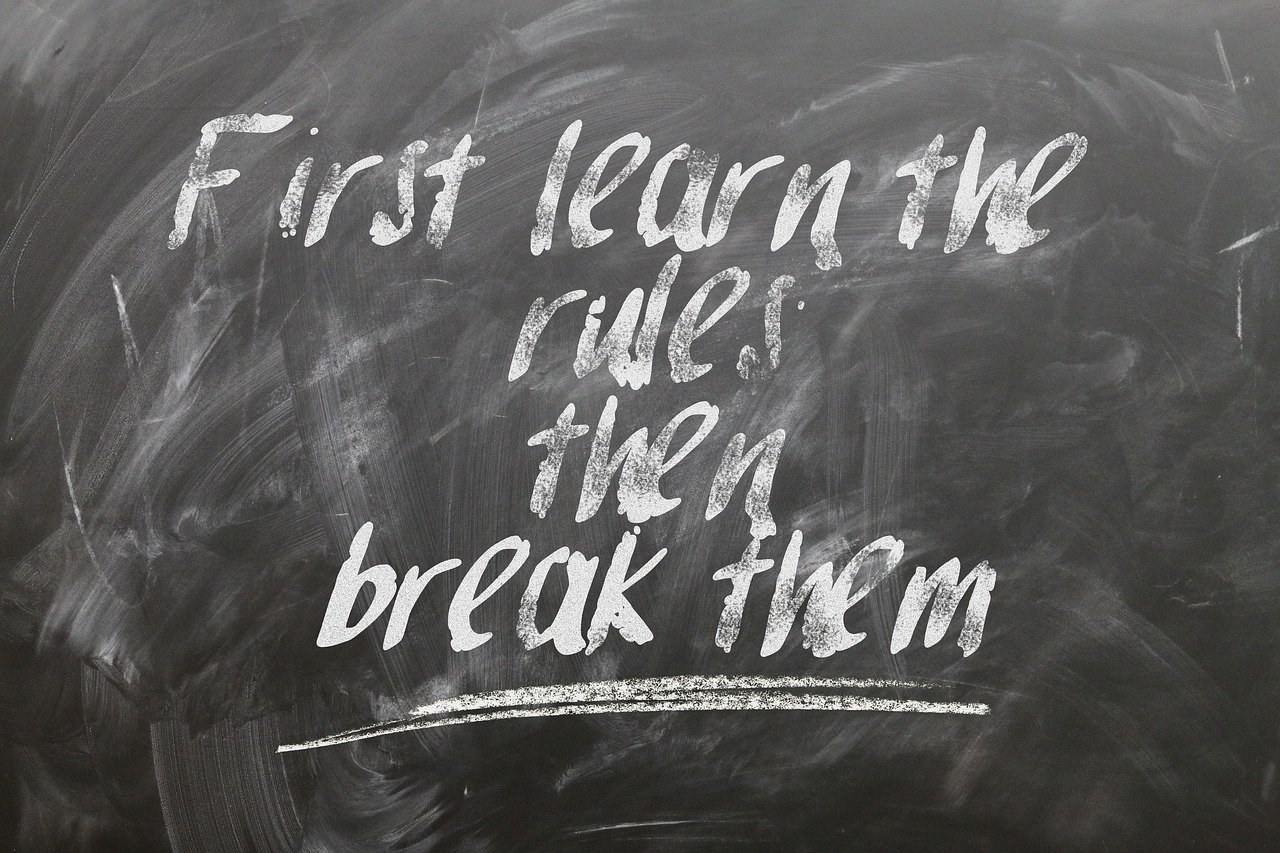
“A Habit’ Challenge: to Build a New Habit or Break an Old One.
Table of Contents
Introduction
Have you ever wanted to break a bad habit, like nail-biting or procrastination, or cultivate a positive one, like daily exercise or mindful meditation? Habits are powerful forces that shape our lives, both positively and negatively. The good news is that habits can be changed. This article will outline a seven-step process to help you break free from unwanted behaviors or establish new, empowering routines.
1.Set Your Goal.
when you are trying to stop or break a habit, you should try to phrase your goal as a positive statement. For example, instead of saying “I will quit snacking at night”, say “I will practice healthy eating habits”. You should also write down your goal. Committing it to paper helps you to commit. It can also help if you tell your goal to someone you trust.
2.Decide on a replacement behavior.
If your goal is to develop a new habit, then your replacement behavior will be the goal itself. This step is crucial when you are trying to break a habit. If you want to stop a behavior, you must have a superior behavior to put in its place. If you don’t, the old behavior pattern will return.

General examples of replacement behaviors:
If the habit is triggered by a specific time of day: Schedule a different activity for that time, such as a workout or a healthy snack.
If the habit is triggered by boredom: Engage in a hobby, read a book, listen to music, or go for a walk.
If the habit is triggered by stress: Practice deep breathing exercises, meditate, or talk to a friend.
3.Learn and be aware of your triggers.
Behavior patterns don’t exist independently. Often, one habit is associated with another part of your routine. For instance, in the snacking example, the trigger may be late-night late-night television or reading. You automatically grab a bag of chips while you watch. Many people who smoke automatically light up after eating. Think about when and why you do the thing you want to quit.
4.Post reminders to yourself.
You can do this by leaving notes for yourself in the places where the behavior usually occurs. You can also leave a message on the mirror, refrigerator, computer monitor, or some other place where you can see it regularly. You can also have a family member or co-worker use a particular phrase to remind you of your goal.
5.Get help and support from someone.
This is obvious. Any job is easier with help. It works even better if you can form a partnership with someone who shares the same goal.Getting help and support from someone is incredibly important for a variety of reasons, both for breaking bad habits and forming good ones. Here’s why:
- Reduced Procrastination: A partner or supporter can hold you accountable, reminding you of your goals and pushing you to stay on track. Knowing someone is watching can curb procrastination and keep you motivated.
- Increased Confidence: Having someone believe in you and your ability to change can significantly boost your confidence. This can be crucial when facing setbacks or moments of doubt.
- Problem-Solving Support: When faced with challenges, your partner can brainstorm solutions and help you navigate difficulties. This collaborative approach can lead to more effective solutions than tackling problems alone.
- Fresh Perspectives: A supportive person can offer new ideas and strategies you may not have considered on your own. This fresh perspective can help you overcome obstacles and find more effective ways to achieve your goals.
6.Write daily affirmations.
Write your phrase or sentence in the present tense (as if it were already happening) ten times a day for twenty-one days. This process helps make your goal a part of your subconscious, which will not only remind you to practice the new behavior but also keep you focused and motivated.

Here are some daily affirmations:
“I am worthy of love and respect.”
“I am capable of achieving my goals.”
“I am grateful for all that I have.”
“I am strong and resilient.”
“I am worthy of happiness.”
“I am in control of my thoughts and feelings.”
“I am surrounded by love and support.”
“I am grateful for this day.”
“I am excited for what the future holds.”
“I am enough.”
7.Reward yourself for making progress at set time intervals.
Focus on your goal one day at a time, but give yourself a small treat at one, three and six months. The rewards don’t have to be big or expensive, and you should make it something that’s associated in some way with the goal. Doing this provides you with both incentive and extra motivation.
Following these steps is no guarantee of success, of course. Depending on the habit, it may take several tries to make the change. But if you stick with it, you can do it. Good Luck.
Conclusion
We all have habits, some good and some not-so-good. These are behaviors that we’ve learned and that occur almost automatically. Most of us have a habit we’d like to break or one we’d like to develop.
For most people, it takes about four weeks for a new behavior to become routine or habit. The following steps can make it easier to establish a new behavior pattern.
